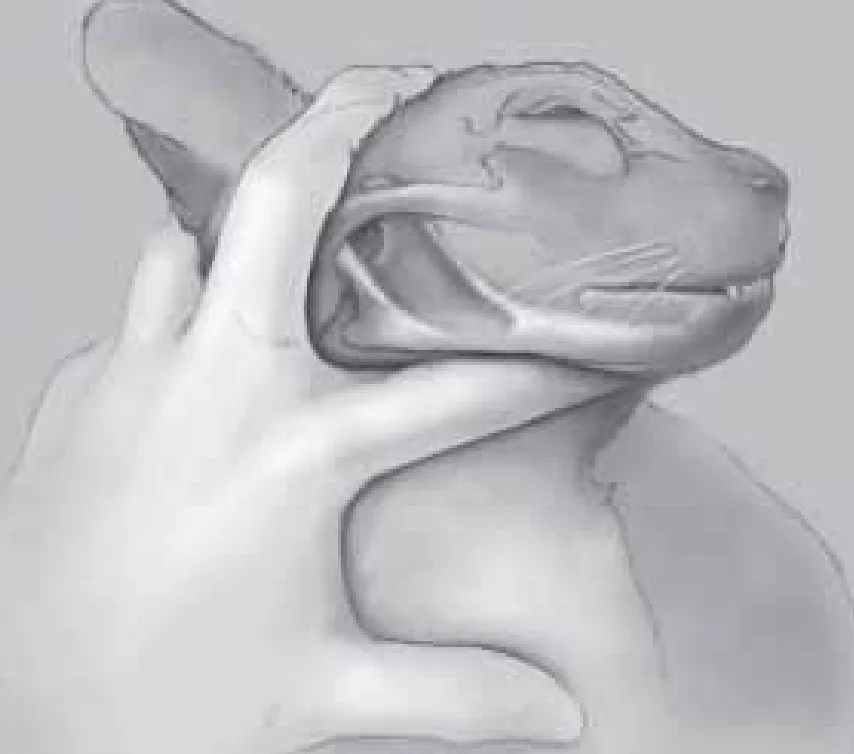How to Perform Feline Venipuncture
Deborah S. Greco, DVM, MS, PhD, Animal Medical Center, New York, New York

Overview
A one-handed technique for restraining a cat for drawing blood can be immensely helpful under many circumstances. From the clinician's perspective, one-handed restraint makes venipuncture a one-person job. From the patient's perspective, a technique that uses minimal restraint causes less stress. The technique outlined here is especially useful because the position in which the cat is held often makes it relax, which renders the technique useful even in mildly fractious cats. Another approach that may be successful in severely fractious cats is lateral recumbency, which may be used for the jugular or medial saphenous veins.
Indications for Jugular Venipuncture Using Minimal Restraint
Lack of staff (e.g., for house-call veterinarians or those without veterinary technicians)
In diabetic cats, to avoid use of distal limb veins and restraint of extremities that could cause discomfort in cats with neuropathy
To avoid stress-induced hyperglycemia
Need for large volumes of blood
Using One-Handed Restraint: Jugular Approach
Step 1
Proper positioning of the patient and technician or veterinarian. Notice the left-hand position using the thumb to hold off the jugular vein and second and third fingers to tilt the head into the correct position. The right hand is used to draw the sample as with other venipuncture techniques. For left-handed individuals, reverse hands (i.e., the dominant hand is used to draw the sample).

Step 2
Anatomical position of the jugular veins with the cat in position for venipuncture. Many cats will relax when held in this position.
